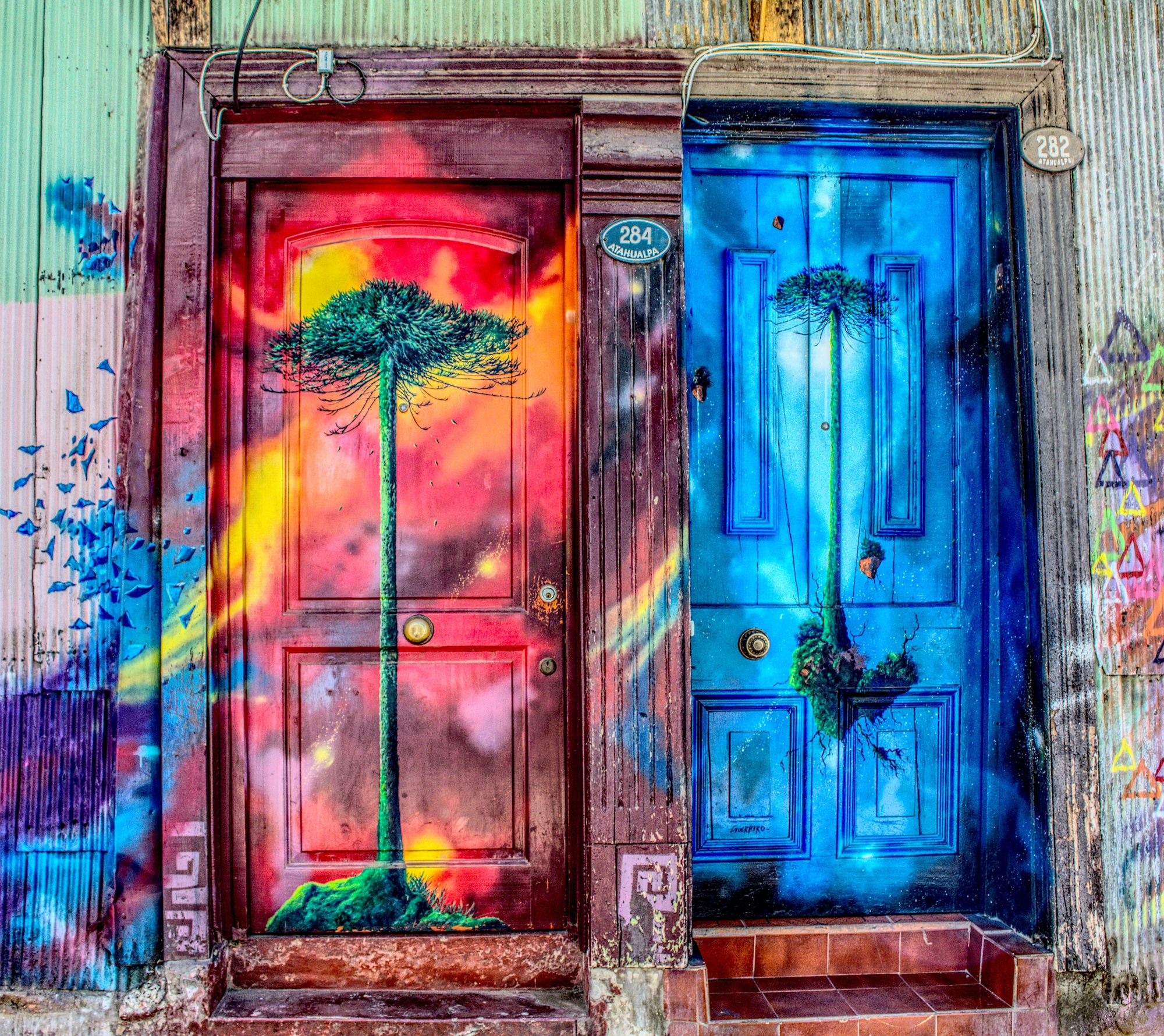
On turning life's pain into medium for our paintbrush, and no, it's not easy
The art on the above doors is in the lovely seaside city of Valparaiso, in Chile. I was there in November last year, but with a shattered knee. I could barely negotiate the stairs in my AirBnB, much less hike the steep hills so that I could take in these masterpieces. I missed a fine chance to see amazing work, and I am sorry for it. I was in too much physical pain to even take a taxi.
Lesson in that, isn't there?
In this piece I am pondering a couple of big questions:
Do we have to undergo terrible pain in order to create wondrous art?
Do we have to experience terrible pain in order to appreciate wondrous art?
By comparison, I saw building after building in Santiago, defaced by ugly graffiti. Both were expressions of the human condition. There I was seeking relief from the pain but didn't find it. The city itself looked like it was in pain from all the graffiti.
Graffiti has been around since ancient Roman times. People scrawled all kinds of complaints about their rulers and political statements and jokes on the walls all over Rome.
I'm sure many of those graffiti artists- some are, some aren't, just as in Roman times-are angry or deeply troubled. That doesn't imbue them with talent. It does, however, imbue them with the need to bleed all that pain off. The anger, the frustration, whatever is within each of us can be the author of amazing insights, or we can sometimes just damage everything around ourselves in our need to bleed it off.
We've always expressed ourselves in some way like this, whether on the walls of our caves or the walls of other people's homes. This is from Santiago:
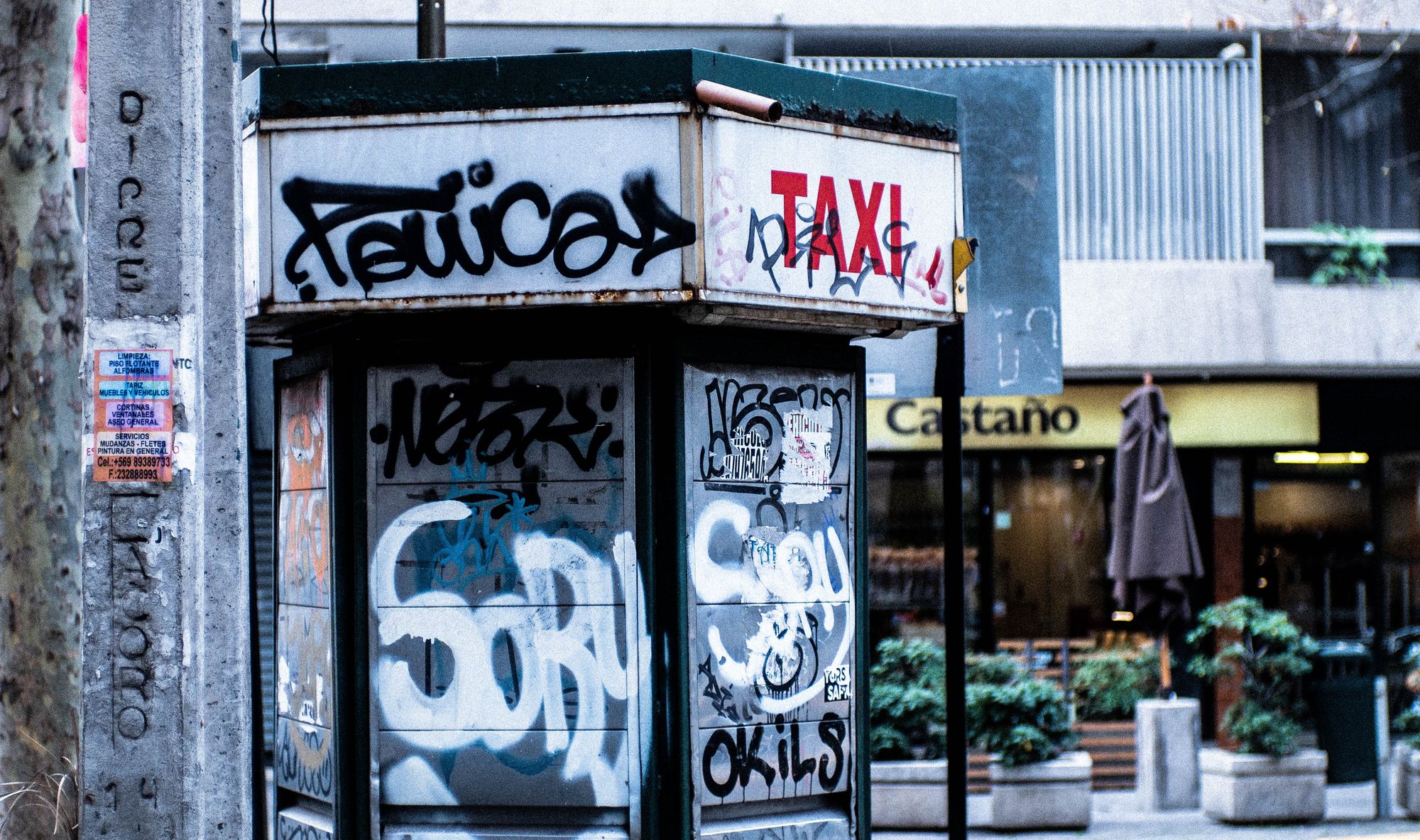
Frida Kahlo famously suffered from childhood polio and was in terrible pain her whole life. Yet her work has inspired for decades.
Her work is born of pain and observation, and has become so iconic as to be utterly unmistakable. Kahlo's work is its own institution.
History is full of examples of people in terrible pain and loss who created some of the greatest art of all time: Ode to Joy by Beethoven, for example.
The great Stephen Hawking was trapped in his body for 55 years after developing Lou Gehrig's disease. As one of the greatest scientific minds of any century, he gave us unbelievable art in terms of understanding of black holes, the worlds, the spheres and the majesty of our Universe.
Is Cai Emmons any less, a Eugene writer who also passed with ALS, but who, on the very day of her death, submitted yet another manuscript for publication? Her example of a life well-lived right up to the very end is a perfect example of living art.
To me, Cai's choice to end her life on her terms is also art, for she released the burden of her painful body with humor, courage and grace. As might we all, for that matter.
Is that not also art?
Great Black writers like James Baldwin, Maya Angelou, Toni Morrison wrote from personal pain, the inheritance of the centuries of pain before them, to breathtaking, transformational, lasting art. So have endless others; each of them weaving fact and fiction into warrior's cry of survival and a breathtaking understanding of both the depth and heights of our humanity's reach.
Nelson Mandela comes to mind, as well. He turned to art to make sense of his historic life, which was a work of art in and of itself.
Is pain what informs great art, like Van Gogh?
Is madness part of genius?
Do we have to experience pain to make art?
Truth? That's over my pay grade.
Here's one book which may help you explore that line of thought:

I'm going to just touch it from a more prosaic viewpoint, for what it's worth, and for the sake of my own sanity. And perhaps to restore my rather frayed sense of humor.
I've been very good at making fun of pain. In fact I'm rather proud of that ability, until my funny bone took a hike. More like, got broken. I've been in so much physical pain lately that my ability to make light of it has just dried up.
So I'm trying to walk down a different path, one which might allow me to find what's hiding at the bottom of my quiver when the last arrows, making fun of what hurts me so much, have failed for the moment.
I'll bet many of you can relate.
A common, and very unfortunate, misunderstanding of Buddhism is that life is all suffering. Not at all. Most of us do suffer, much of it is self-inflicted (my hand is way up here). Some not. I study Buddhism. Not very good at it but I try.
How we dance with suffering, learn from it, and rise above it, is also art.
That's still not enough.
I do not appreciate it when well-meaning strangers send me mindless memes which are intended to Pollyanna me out of my pain. Forgive my turning that into a verb, but you get my meaning.
Sending me a motivational meme to get me to get out of it already speaks not at all to my journey, but solely to theirs. As it is with us all. We are always and forever trying to heal or fix something in others which is not yet fixed in us.
But let's go larger here.
The way I see it, art begins for us the moment we are born.

We are beautiful because we were born.
Interestingly that is at direct odds with certain religious teachings. Stay with me here.
Our consciousness is also art. What we do with it after we are up and moving of our own accord may or may not be art. That's up to us.
I'm not going to address those who are so sick as to believe harming others, or self-harm, is its own form of art; that has no place here. This is about how we turn dross into gold, and when, sometimes, it's just not always possible.
It may well be true we don't require pain to be an artist, but I believe it true that we need art to help us make sense of pain.
In fact without some kind of art we really are lost.
Any kind of art, ranging from dance and yoga to writing to painting to sculpture.
To live a good life despite everything.
To plunge into work to save the planet, elephants, bees, trees. To make battered women safe, making a canvas come alive, to providing counseling to those struggling with the lack of art in their own lives.
In some cases, just learning to breathe deeply is an art, when pain and and stress suck the breath right out of us. Been there, too.
As a writer all my life, I've used a journal to process events and feelings. It's allowed me to navigate some awful events, creating a safe conversation, often in code, when speaking to anyone else- an adult, a religious figure, a teacher, a commanding officer- was a seriously bad mistake.
There are billions of other versions of pain of every kind demanding to be understood. We scream to the heavens- I've done it recently- begging to understand. Why me, becomes why not me, which becomes the existential question into which we somersault without a safety net.
Then those questions dissolve into uselessness when there simply is no answer at all. Not all, other than some Calvinist/Catholic self-flaggelation theory that we were sinners at conception and by god should be punished for simply having insulted our Creator by showing up.
Here you go for reference:
Psalm 51:5 “Surely I was sinful at birth, sinful from the time my mother conceived me.”
No we are not born sinners. No we are not evil at conception. You may choose to disagree with me but for my part, this human-penned line stands as one of man's great sins against mankind, one of its most unforgivable cruelties.
It leads us to ask all the wrong questions, when truthfully, I have to wonder if there really are any right questions.
It's arguable a great many of us feel the same way right now. Right when we have undergone several of the most important events of our new century- Covid, George Floyd and the attacks on the American Democracy among them- a great many of us are in, or certainly claim to be, in a lot of pain. Our society at large is in pain, for reasons that many members of it don't want questioned.
We're all being tasked to keep on anyway.
There is great art in the fight for justice, too.
This is what the great, aforementioned Toni Morrison said:
“There is no time for despair, no place for self-pity, no need for silence, no room for fear. We speak, we write, we do language. That is how civilizations heal.”
There is great art to fight for justice. For rights, be it racial, gender, for the right to clean air and water, for animals, for Nature to even survive. The Author of our greatest possible art is in pain.
I have to wonder if that's the message, you know?
We're so busy feeling sorry for ourselves that we keep damaging the single greatest source of our healing to try to salve pain that can only be healed in Her presence. Feels right. Might be. Might not be.
Juan Borges, who was blind for thirty years by the time he wrote this, said:
“All that happens to us, including our humiliations, our misfortunes, our embarrassments, all is given to us as raw material, as clay, so that we may shape our art.”
Borges was thought to have become creative in brand new ways after he became blind at 55. Who knows where any of us might have turned up without challenge, disability, pain?
Truth is I have no great truths to share. No stunning insights. I only have more questions.
Leo Tolstoy had similar questions. To that, please see this issue of The Marginalian:
:extract_focal()/https%3A%2F%2Fs3.amazonaws.com%2Fpocket-syndicated-images%2Farticles%2F74%2F1566572418_xxx.jpg)
This quote resonated so deeply:
For man to be able to live he must either not see the infinite, or have such an explanation of the meaning of life as will connect the finite with the infinite.
Last Thursday I was subjected to yet another godawful "simple" procedure that left me nearly crippled on my couch for three days, unable to move for the pain, delivered by "caregivers" who delivered anything BUT care, in a state which wants your first-born male child for a few painkillers.
It's hard to find humor in such incidents for they are exhausting. I see why people check out. Give up. It's tempting.
I have no answers. I am close to being out of questions, too. Bet you can relate.
In one of the most influential books of any century, Viktor Frankel wrote Man's Search for Meaning as a way to make sense of the holocaust and trying to survive it once he returned to society. This line from the Wiki story about the book sticks with me like a bad taste:
This was the experience of those who—like Frankl—returned home to discover that no one awaited them. The hope that had sustained them throughout their time in the concentration camp was now gone. Frankl cites this experience as the most difficult to overcome.
There is no one to whom I return when I have my awful surgeries, deal with the pain, battle trying to make my way to the toilet without help, drag a scooter up and down my stairs, just asking for a deadly accident. Recent calls to friends have starkly underscored that, in friendship, there are few who will go the hard way with us, to quote the luminous Adrienne Rich.
Those few, however, make life worthwhile. But is such pain worth continuing? Is the pain the way we find out who are real friends are? Or are we exhausting those stores of friendship along the way?
I will choose not to share some news because it's just too much- we can empty the stores of compassion and generosity if we're not careful, although that usually happens when we refuse to reciprocate, go the hard way with those we say we love because, well...it IS hard.
Pain may have purpose. I am damned if I've sorted out why I've carried so much of it lately that the burden of it landed me in the emergency room. That was before the latest two rounds with my body. You gotta wonder, right?
I sure do.
Is this the price we pay to make, to appreciate art?
I have no clue, frankly.
If you came here hoping for answers, I truly apologize. All I have is what it's like to sit with pain, try to make sense of it, try to work through it, try to deal with it, and hope to god, goddess, the pumpkin king for some mercy. And that said mercy might stick to me for a while. Maybe find my way back to the dark humor which allows me to poke holes in what has happened lately.
However I do have this.
As the sun came up on my neighborhood, I took a moment to walk (limp, thank you, but at least I am upright) the grounds. Some rhodies are spent. Other trees, pronounced long dead by my landscaper, are about to explode into new blooms. Some early azaleas are winding down their fuschia exuberance. Others are just beginning, back where the sun is slightly softer. I've learned to see my grounds as a place to heal, at least as long as I have it. That was a gift of unbelievable beauty.
To that:
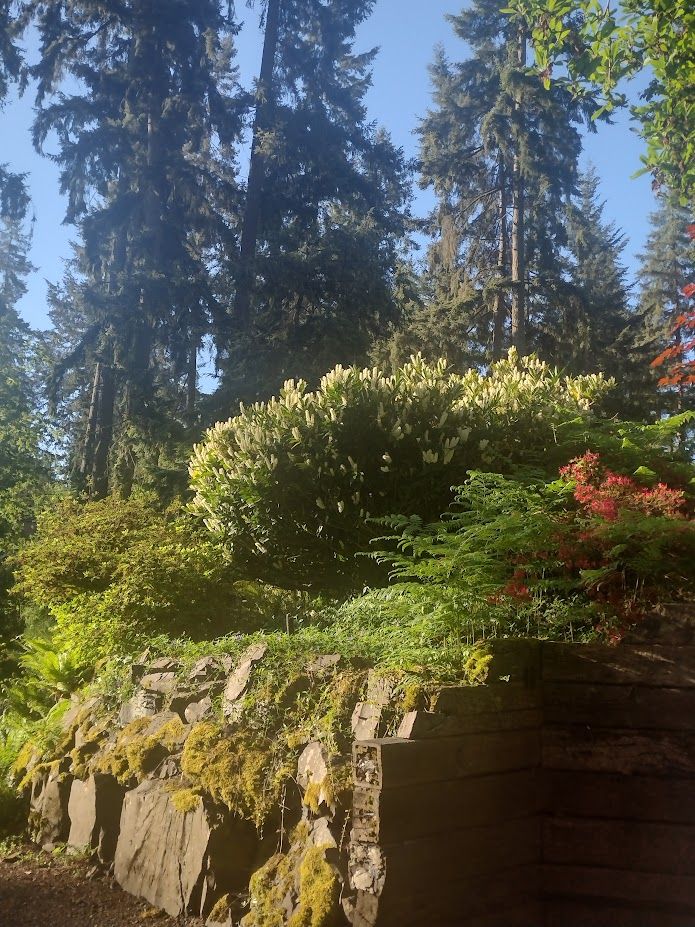
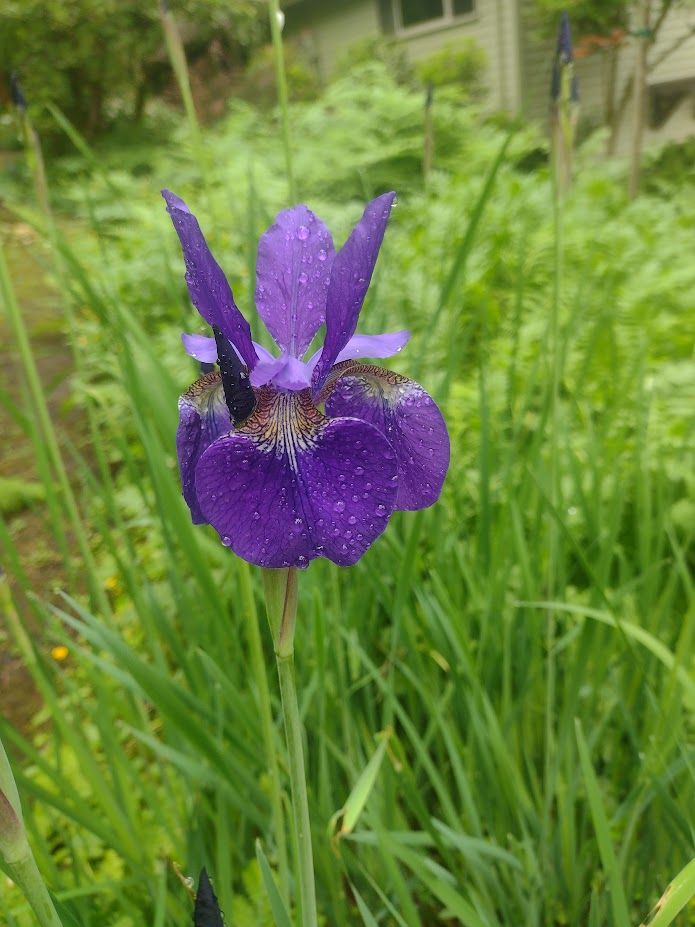
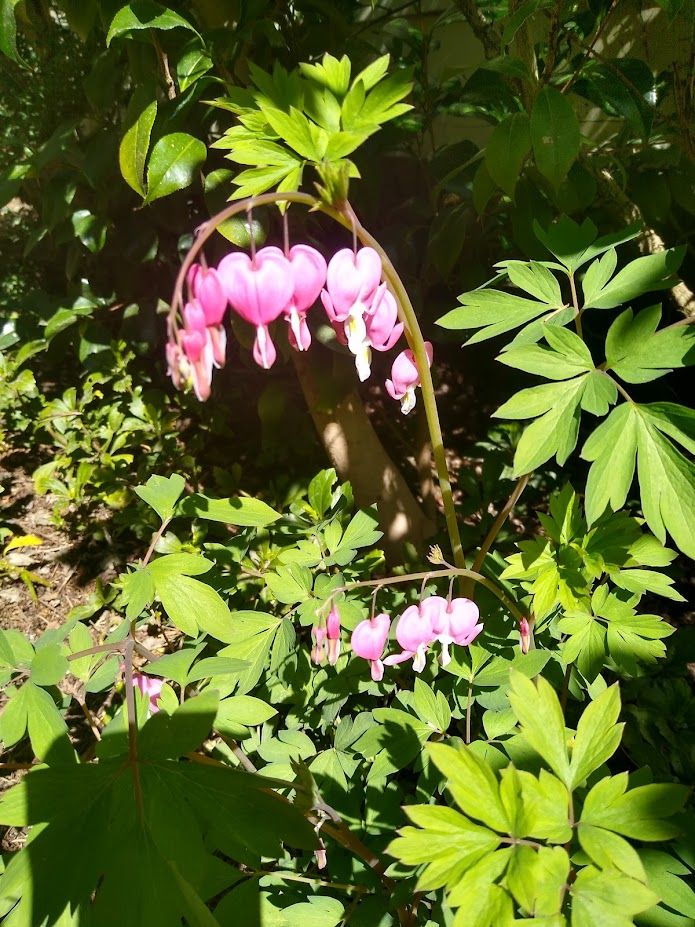
Perhaps one point of pain is to truly focus on the beauty around us. Is that a meme? I don't meme it to be (don't hit me). I do mean to suggest that perhaps what heals us ultimately, Nature, who doesn't care about our pain and only asks us to leave Her alone and kindly enjoy what She daily offers, is the lesson.
No clue. No answers here. But if you will forgive me, I am going to go outside and see what She has to show me today. And in that breathing in of such beauty, perhaps I get some release from the pain.
My parting gift to you is a book I've recommended before by my friend Dr. Carl Safina. In it, in his inimitable fashion, he explores beauty for beauty's sake, love among whales and much more. This is a man whose personal pain is borne of watching this world exterminate what he loves most: Nature, and the creatures in it.

I find more peace in reading such books and then going out into Nature.
Maybe, just maybe, that really IS the answer. But I still don't know.
For now, at least, that is going to have to be enough.
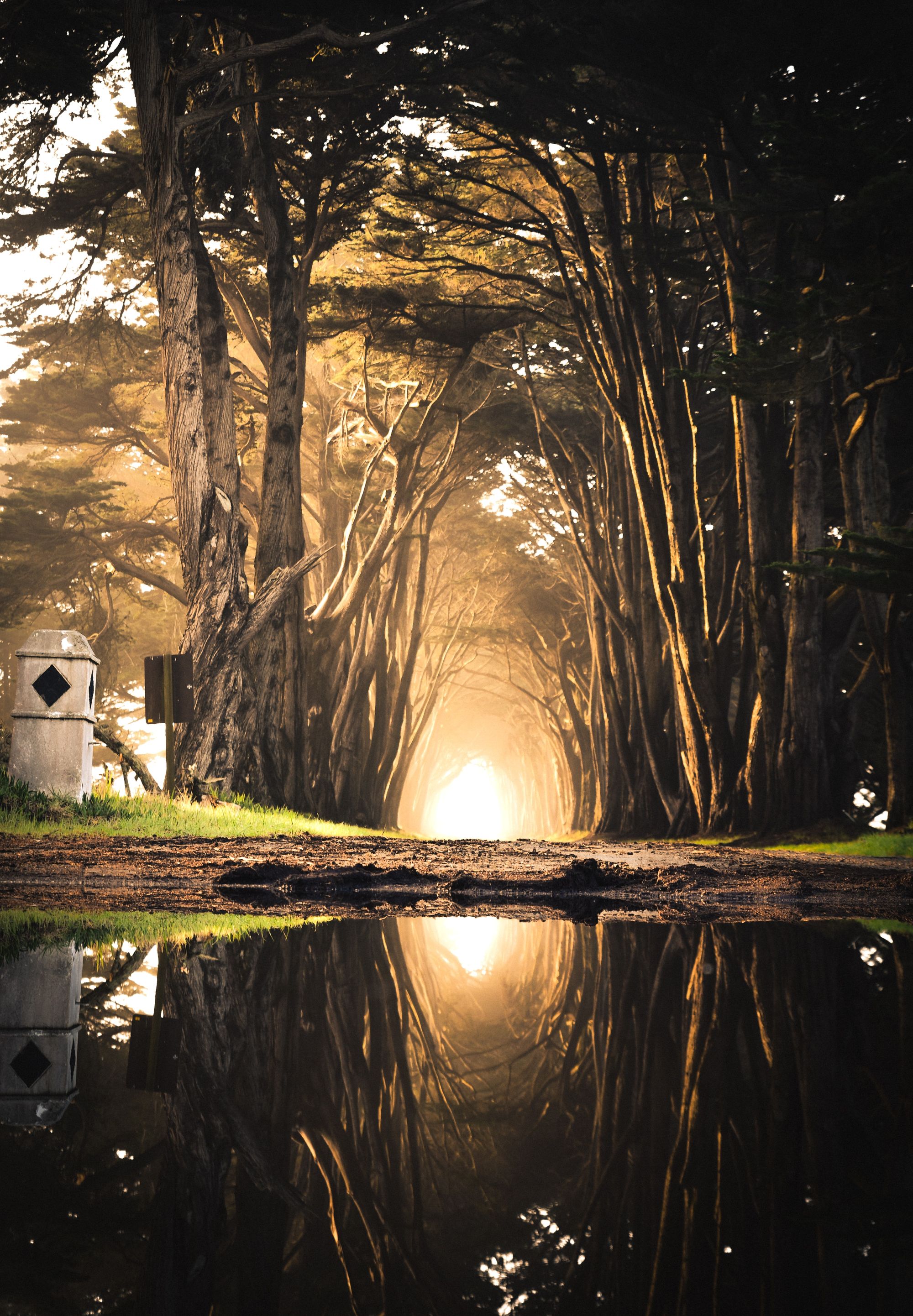
With heartfelt thanks for a number of the above quotes to Maria Popova, whose Marginalian makes me look considerably more erudite than I am. Please support her work if you can.
Dear Walkabout Saga Reader:
Thank you so much for taking a few minutes out of your life to read my work. Walkabout Saga is an act of love and devotion, and I hope that you found value in it.
If my work appeals to you, may I kindly invite you to consider joining those Patreon supporters whose generosity keeps the gas in my tank as it were.
Such articles take time, resources, research and effort. Even a small amount of support truly helps me keep this going. In challenging times, I recognize that even a small amount is hard. Those who can give, I appreciate it. Those who cannot, I hope my words are helpful.
My purpose is to Move People's Lives. I can do more of that with your help.
Thank you.
You can explore that option here.
However you decide to partake of my writing, again, thank you.


Comments powered by Talkyard.